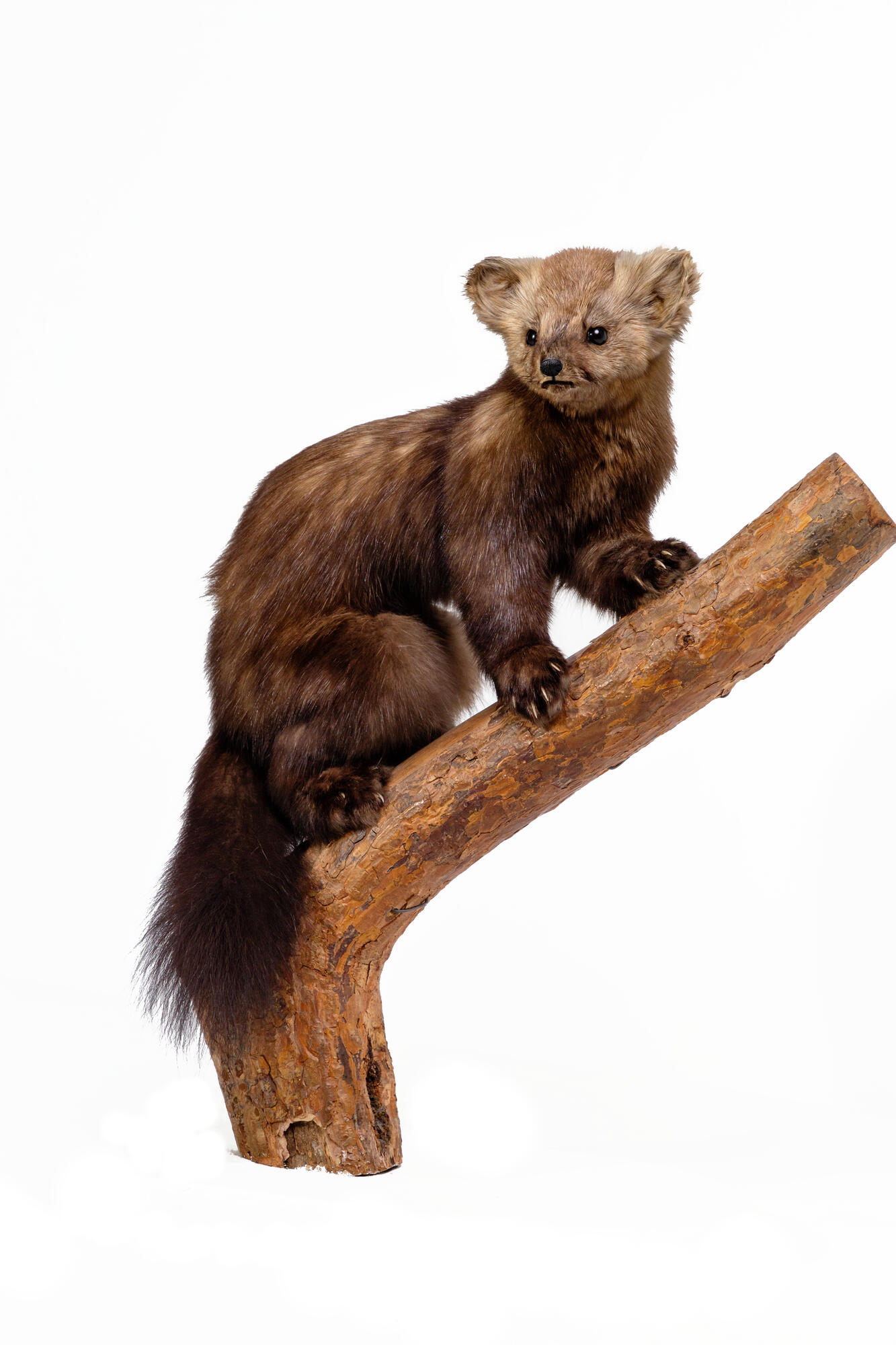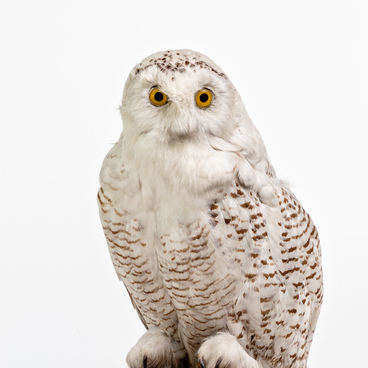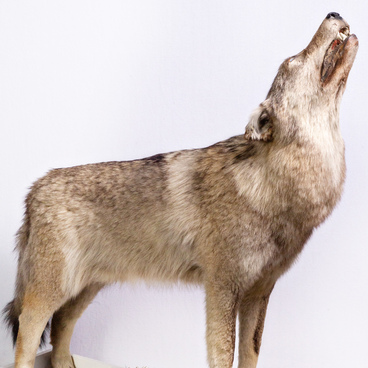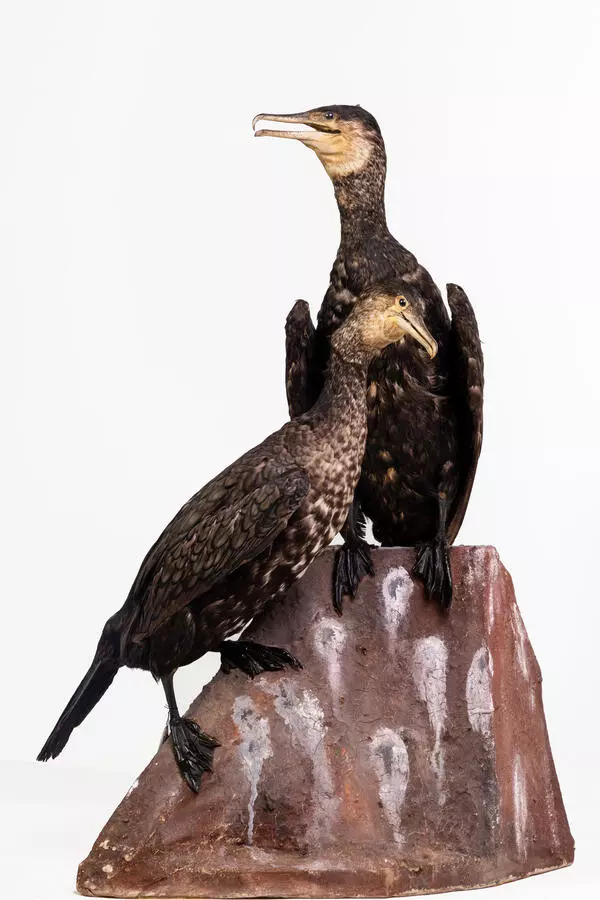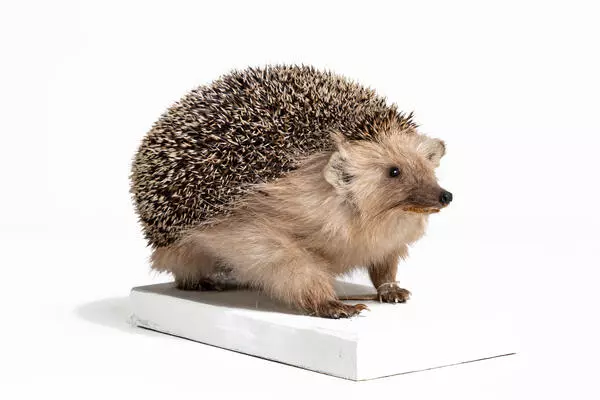The habitat of sable in Buryatia includes mountain and lowland taiga, as well as areas with an abundance of shrubs, dead wood, an extensive stream and spring network. It often settles near thickets of cedar elfin, which attract it with an abundance of mouse-like rodents.
Looking at the sable, you can draw erroneous conclusions that this is a weak and defenseless creature. In fact, it is strong, fast, and agile. The main features of sable are its well-developed sense of smell and hearing. It can smell prey even under a thick layer of snow. Vision is also good, but not as developed as the sense of smell and hearing.
This is an omnivorous and not disdainful animal. Its diet consists of shrews and moles, chipmunks, small birds, as well as grouse, partridges, and squirrels. Large males even hunt hares.
The sable, which lives near large rivers, feeds on stranded fish. From plant feeds, the animal prefers rowan berries, blueberries, cranberries, bilberries, cherry trees, currants, rose hips, and cloudberries.
A special treat for sable is wild honey. After finding a hollow with bees, it visits it until it destroys all its contents, such as both honeycomb with honey and larvae, and adult bees. It eats pine nuts, which it steals from stocks made by squirrels, voles, chipmunks, and nutcrackers.
The sable has two main competitors during hunting, i.e. the Siberian weasel and the ermine. With them, sable shares the mouse-like rodents that are so delicious for it. Therefore, if it happens to meet with one of these predators, then in order to kill an undesirable ‘neighbor’, the sable even leaves the prey in wait and shifts its attention to the enemy.
Sable is a symbol of reserve management and studies in Russia. There was a time when the world markets paid for sable skins on a par with gold, and sable fur was the basis of the fur wealth of our country. People exterminated this animal and exported its valuable fur abroad where they sold it for a high price, and therefore the sable was close to extinction. In 1916, in order to preserve and restore the number of sable, the first reserve in Russia was established, i.e. Barguzinskiy Reserve. This freedom-loving animal could not take root in captivity for a long time and leave offspring, but as a result, the sable population has recovered, and today it is under reliable protection.
Looking at the sable, you can draw erroneous conclusions that this is a weak and defenseless creature. In fact, it is strong, fast, and agile. The main features of sable are its well-developed sense of smell and hearing. It can smell prey even under a thick layer of snow. Vision is also good, but not as developed as the sense of smell and hearing.
This is an omnivorous and not disdainful animal. Its diet consists of shrews and moles, chipmunks, small birds, as well as grouse, partridges, and squirrels. Large males even hunt hares.
The sable, which lives near large rivers, feeds on stranded fish. From plant feeds, the animal prefers rowan berries, blueberries, cranberries, bilberries, cherry trees, currants, rose hips, and cloudberries.
A special treat for sable is wild honey. After finding a hollow with bees, it visits it until it destroys all its contents, such as both honeycomb with honey and larvae, and adult bees. It eats pine nuts, which it steals from stocks made by squirrels, voles, chipmunks, and nutcrackers.
The sable has two main competitors during hunting, i.e. the Siberian weasel and the ermine. With them, sable shares the mouse-like rodents that are so delicious for it. Therefore, if it happens to meet with one of these predators, then in order to kill an undesirable ‘neighbor’, the sable even leaves the prey in wait and shifts its attention to the enemy.
Sable is a symbol of reserve management and studies in Russia. There was a time when the world markets paid for sable skins on a par with gold, and sable fur was the basis of the fur wealth of our country. People exterminated this animal and exported its valuable fur abroad where they sold it for a high price, and therefore the sable was close to extinction. In 1916, in order to preserve and restore the number of sable, the first reserve in Russia was established, i.e. Barguzinskiy Reserve. This freedom-loving animal could not take root in captivity for a long time and leave offspring, but as a result, the sable population has recovered, and today it is under reliable protection.
